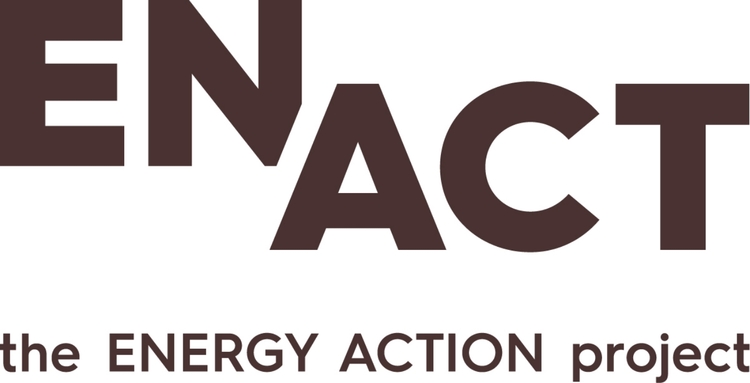On a comparative basis, households in Ontario's lowest income bracket (the fifth quintile) rely much more heavily on electricity at home than do high-income earners.
While the provincial average for households using electricity for heat is only 14%, within the fifth quintile the figure is almost 27%. Similarly, 42.8% of the lowest income households have electric water heaters, compared to a provincial average of 28.6% and only 19.7% for those in the first quintile.[1]
Hence, the logic of targeted assistance, as advocated for by the Low-Income Energy Network (LIEN), says Mary Todorow.
The Ontario Electricity Support Program (OESP), a direct on-bill rate subsidy, is expected to lower participant’s bills by 10%. Those approved can expect a monthly credit ranging from CDN 45 to CDN 75, with the lower rate applied to anyone in who qualifies under Canada's Low-Income Measure (LIM) category. The higher level of support is awarded to households that are electrically heated, have a large number of residents, or use two or more electric medical devices.
A primary aim of the subsidy is to improve payment patterns and reduce disconnections of electricity service (which are costly and inconvenient for both customers and utility companies).
People who self-identify as First Nations can also qualify for the higher level of support. The Ontario Native Welfare Administrators Association (ONWAA) is helping people in First Nations communities apply for the OESP and says efforts look promising. In the first four months, they have reached a 10.5% participation rate.
LIEN and other poverty advocacy groups also successfully lobbied for emergency measures for both electricity and natural gas customers. The Low Income Energy Assistance Program (LEAP) includes three components;
emergency financial assistance when they face a crisis and cannot pay their bill and face disconnection;
mandated customer protection service rules for utilities that provide more flexibility for low-income customers; and
targeted conservation and demand management programs such as theHome Assistance and Aboriginal Conservation programs that provide free energy upgrades and services.
Low- and middle-income individuals and families in the North can also apply for a refundable tax credit called the Northern Ontario Energy Credit (NOEC), which ranges between CDN 126 and CDN 224 per year.
Ms. Todorow points out that the Ministry of Energy public accounts for the fiscal year 2014/15 report a payout of CDN 24.3 million on the NOEC.
Will such measures make a difference for those dealing with high and extremely high monthly energy bills? It is not clear yet, says Ms. Todorow, but monitoring and evaluation are built into the programs. The low-income conservation programs (like the ACP), which will be available again later this year, are currently under review. The OESP will be reviewed within three to five years.
[1] Source: Survey of household spending 2003, Statistics Canad
